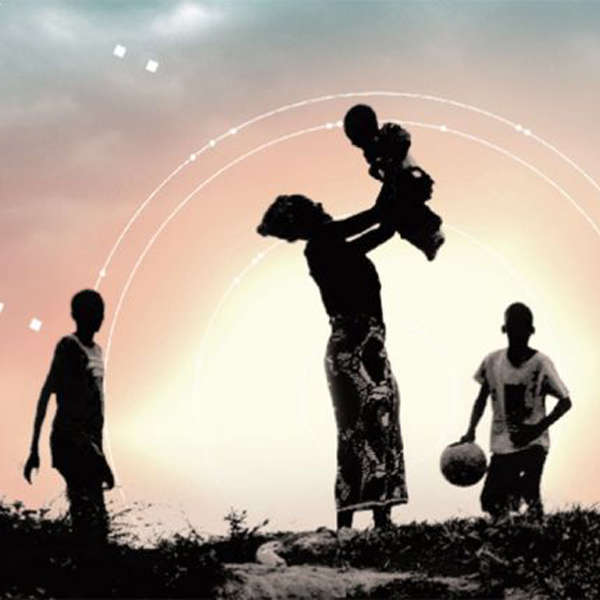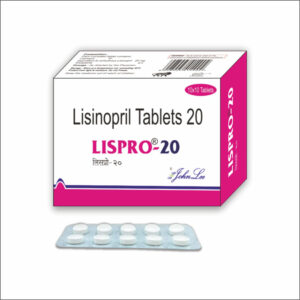Vulnerable Children Hangs
The future of millions of vulnerable children hangs in the balance as discussions intensify over the continuation of the United States’ global AIDS relief efforts. Experts warn that if U.S. support is withdrawn or drastically reduced, as many as half a million children worldwide could die due to a lack of access to life-saving HIV/AIDS treatment and prevention services. The threat is not just theoretical—it’s grounded in decades of data and frontline experience in global health.
President’s Emergency Plan
At the center of this issue is the President’s Emergency Plan for AIDS Relief (PEPFAR), a U.S. government initiative launched in 2003. Widely regarded as one of the most successful global health programs in history, PEPFAR has saved over 25 million lives through the provision of antiretroviral therapy (ART), HIV testing, mother-to-child transmission prevention, and other vital services. Children, especially those born to HIV-positive mothers or living in regions with high infection rates, have been among the primary beneficiaries.
Without continued funding, these critical programs could come to a halt, leaving hundreds of thousands of children without access to medication, diagnostics, or support. In many low- and middle-income countries, U.S. aid is the cornerstone of national HIV response strategies. For children already on antiretroviral treatment, an abrupt end to support would mean discontinued medication—a dangerous situation that can quickly lead to disease progression, opportunistic infections, and, ultimately, death.

Prevention Programs
Moreover, prevention programs aimed at stopping the transmission of HIV from mother to child would also be severely compromised. Over the past two decades, PEPFAR and its partners have made remarkable strides in reducing pediatric HIV infections, cutting new cases among children by more than 60%. That progress could be rapidly undone if funding is interrupted. The long-term impact would not only affect children currently living with HIV but also those who are at risk of being born with the virus.

Consequences of Halting AIDS Relief
The consequences of halting AIDS relief extend beyond the immediate health impact. Children orphaned or made ill by AIDS face long-term challenges, including poverty, social exclusion, lack of education, and vulnerability to abuse and exploitation. The ripple effects could devastate entire communities, eroding years of progress in global development and health equity.
Healthcare workers and organizations on the front lines are sounding the alarm. They argue that even the threat of reduced funding creates instability in care delivery, discourages local investment, and demoralizes patients and providers alike. Furthermore, the loss of U.S. leadership in global HIV efforts would create a vacuum that few other donors are equipped or willing to fill.
Political debates over foreign aid often focus on budgets and national interests, but the lives affected by these decisions are real. The cost of inaction is not measured only in dollars—it is measured in human lives, especially the lives of children who rely on the international community to protect their right to health and survival.
In the face of this looming crisis, advocates urge lawmakers and global leaders to reaffirm their commitment to fighting HIV/AIDS. Renewing support for programs like PEPFAR isn’t just a moral obligation—it’s a strategic investment in global health, stability, and the future of millions of children. The stakes could not be higher: without decisive action, half a million young lives may be lost to a preventable and treatable disease.
Our Products
-
Lisinopril-20mg
$1.00 / Per Pill
-
Testosterone Enanthate
$240.00 / Per 10ml
-
Metformin 500MG
$0.80 / Per Pill






